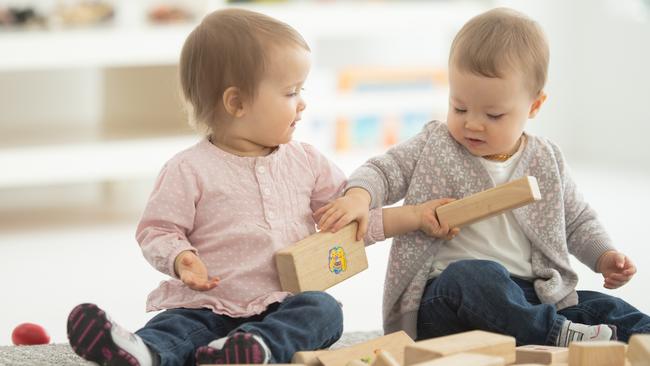
We’ve undergone a period of intense social change in recent decades. According to the Australian Bureau of Statistics, a quarter of families with children under four have both parents engaged in paid work full time. That figure increases to 75 per cent of families with children under 15, almost double the rate of dual-income families in the 1990s. The increase in paid work hours performed by a family unit, mostly out of necessity, has encroached on the hours they have available outside of work.
New work patterns aren’t the whole picture. Screens are also time thieves and we know they are addictive, depressing, can cause behavioural problems and stunt cognitive development in children.
Another time thief is our consumer culture. We find ourselves having to earn ever more money to feed our insatiable appetite for purchasing new material goods. We trade our precious time for things.
We aren’t just time poor any more, we are time starved. And it’s making us sick. Many of us lack the time to look after the basic needs of ourselves and the people who depend on us. Our reliance on timesaving measures such as processed and convenience food has skyrocketed, while our time for exercise dwindles. We take pills rather than sick days. Our time for each other is chronically compromised. All this has culminated in a widely recognised mental and physical health crisis. It’s no wonder, really, that the kids are struggling.
Rather than address factors such as a culture of overwork, poor nutrition, housing instability, a growing class of working poor and increasingly sedentary lifestyles, the government has done what governments do best – launched inquiries. There have been no fewer than six investigations into the childhood conundrum commissioned in the past 12 months, most of them relating to expanding formal childcare.
The federal Department of Social Services, the Senate, NSW’s Independent Pricing and Regulatory Tribunal, the Australian Competition & Consumer Commission, the Productivity Commission and the Royal Commission into Early Childhood and Care have all had a crack at trying to figure out what’s going on with the kids.
This is despite an entire National Children’s Mental Health and Wellbeing Strategy already having been developed by the government in 2021, as well as a landmark evidence paper, Getting It Right in the First 1000 Days, led by the Murdoch Children’s Research Institute in 2017. Go back two more years and we find the Australian Research Alliance for Children and Youth also developed a comprehensive strategy to improve the wellbeing of children.
In all three of these extensive documents, as well as submissions from peak health bodies to the inquiries, the emphasis is clear – we must support parents to parent.
Childcare is important, particularly for the most disadvantaged children, but parents remain the strongest predictive factor in child development. It’s time to diversify funding and support for families beyond the childcare sector.
In its submission to the Department of Social Services’ Early Years Strategy, the Parents Research Network urges the government to change tack: “Parents ought not be viewed simply as consumers of early childhood services but should be positioned as key partners in any community effort to promote the development and wellbeing of children.”
The Australian Medical Association echoes this sentiment and suggests increased income and housing support for families to improve outcomes for children. Formal childcare is largely absent from the AMA’s submission. Instead, it flags secure attachment to family as an important protective factor in lifelong health.
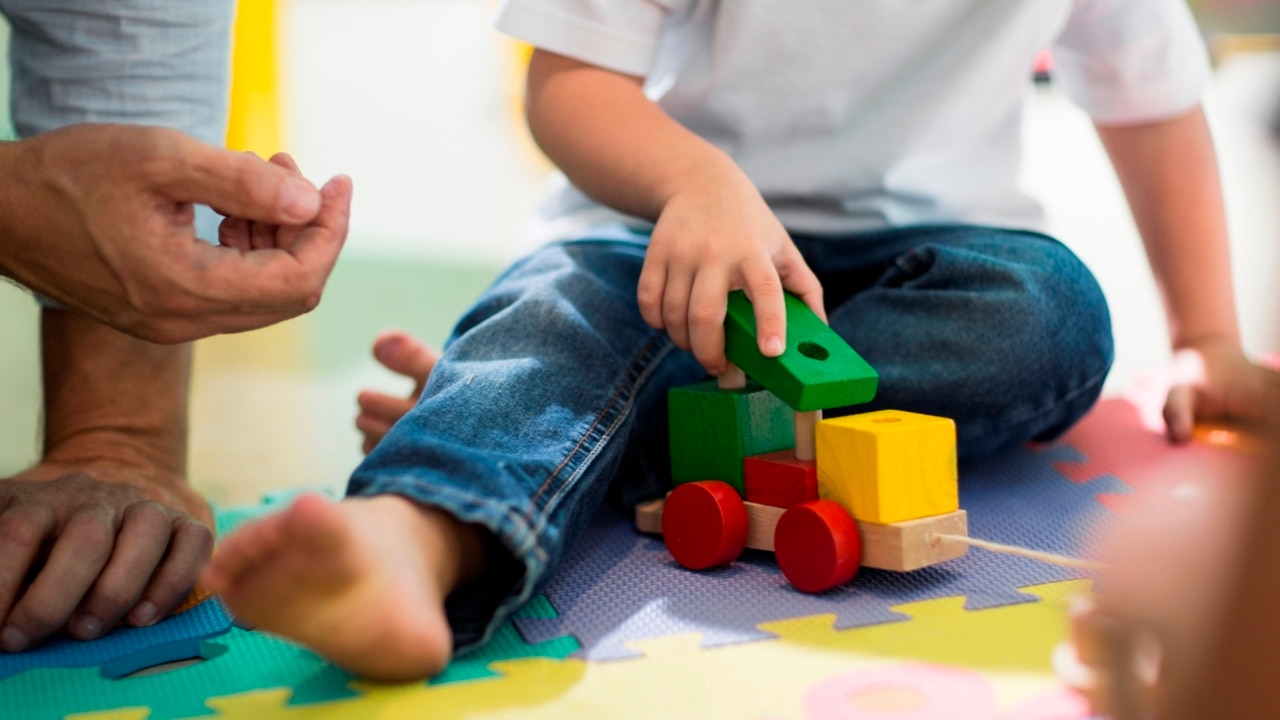
The rhetoric on childcare policy these days is laced with phrases like “gender equality”, “getting women back to work”, “families lifting themselves out of poverty” and “best starts for children”. This fails to recognise that families are often lifting themselves out of poverty and into a class of working poor who don’t see their kids much during business hours on weekdays.
This rhetoric also ignores the fact childcare facilitates a brand of equality between working men and women but places little or no value on the social reproductive work unique to women, such as child-bearing and breastfeeding. It does nothing to redistribute unpaid care work more equally between men and women but perpetuates a model in which mothers share that work with the daycare centre. The “best starts for kids” rhetoric flies in the face of research that shows childcare is not necessarily the best start for all children. Why don’t all the children enjoy lining up for the love and care of a professional educator? Why wouldn’t children like staying at school until 6pm, as was recently suggested by NSW MP for Ryde Jordan Lane?
Australia has been undertaking childcare expansion policy for decades, a period that coincidentally has revealed a marked decline in the overall wellbeing of most children and adults. The use of childcare has been increasing exponentially since the turn of the millennium. Childcare is necessary, but clearly it can get us only so far.
The government has committed $55.31bn across the next four years on childcare subsidies alone, not including additional funding for things such as education and training in the sector or support for businesses. This level of investment would be great except it dwarfs the spending on any other child or parental support outside the sector. Childcare subsidies are increasing again from July 10 at a cost of $4.1bn, yet government can seem to muster up only $40.6m for the Parenting Education and Support Grant announced last year.
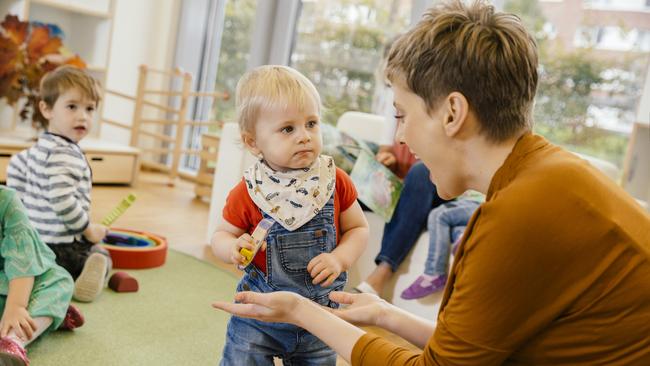
The government came up with $160m for one of Australia’s most successful home-based support schemes – the Home Interaction Programs for Parents and Youngsters. The in-home care scheme for families who can’t access childcare remains capped at just 3200 spots nationally, which makes access to it about as rare as hens’ teeth.
A dismal $7m a year is invested in community playgroups. Government can’t manage to find $200m to add superannuation to paid parental leave, though this was recommended in the recently released Senate Select Committee on Work and Care report.
University of Queensland school of psychiatry adjunct professor Joe Williams told it straight to viewers of ABC television’s The Drum last month. He said if he were in charge he’d be funding parents to stay at home with their kids.
“We don’t have a village any more,” he said. “If we’re lucky we have two parents in our house, one mum and one dad, and we’re so disconnected from each other … we don’t put enough emphasis on the value of community.”
We’ve ventured well into staggering spending on a strategy of commodifying love and care that, while it does improve the paid workforce participation of women, doesn’t appear to be improving our quality of life or educational outcomes. This strategy of intensely investing in formal care to the exclusion of other policies is also one that isn’t supported by the evidence flowing into the inquiries from organisations with no vested interest in childcare.
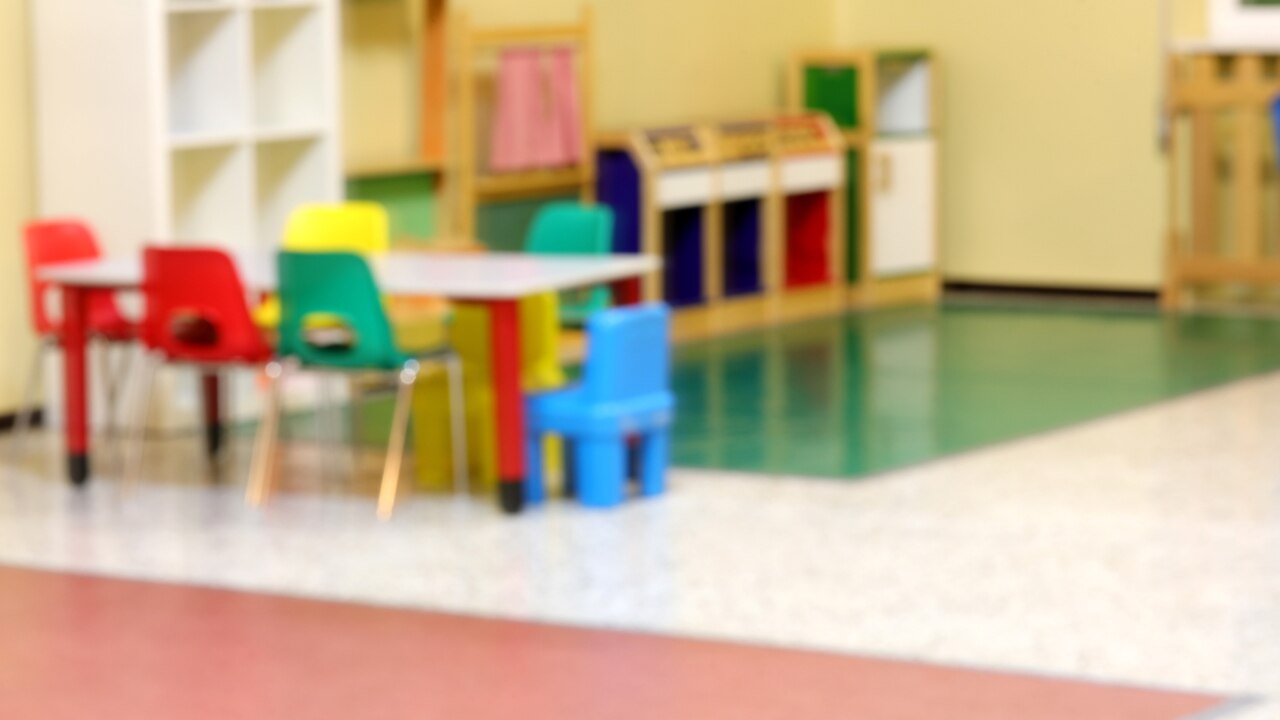
Peak health and research bodies have been whistling a different tune to the bureaucracy. The Australian Psychological Society released a report last year showing a 36 per cent increase in separation anxiety across a two-year period for children from 18 months to five years. It also flagged significant increases in attention deficit hyperactivity disorder (27 per cent), generalised anxiety disorder (26 per cent), autism spectrum disorder (25 per cent) and sleep concerns (23 per cent).
It seems common sense that babies and children may thrive in the care of loving and capable parental caregivers who have time for them. It seems natural that babies and small children seek proximity to a parent, their earliest and most formative source of comfort and safety. It seems intuitive that older children thrive on exploration, freedom, being given responsibility and the opportunity to contribute to family and community life. They need free time. They need our time. These conditions are impossible to synthesise in the sanitised confines of formal care.
One of the biggest roadblocks to investments beyond formal childcare seems to be the perception that supporting parents doesn’t boast the same economic returns as childcare. “We can’t pay you to sit at home and do nothing” is how the argument usually goes, spoken emphatically by people who obviously consider care work to be “doing nothing”.
It’s true a parent in unpaid care work isn’t generating cold hard cash in the short term, but what about the long-term social, health and human capital they generate? We only have to look at public spending on chronic disease and welfare payments to get an understanding of the price of chronic stress, untreated mental illness and not investing time in our families. We pay for preventive action now – we pay to give people the gift of time – or we pay the bills later. Shortsighted policy generally is not cheaper in the long run, though it may be enough to get re-elected.
The return on investment in parental supports is strong and well documented, yet it barely rates a mention in politics these days. Everyone seems to have a figure for childcare return on investment. Barack Obama lifted the statistic of “$7 returned for every $1 invested” from Nobel prize winner James Heckman’s work on an experiment in the US 30 years ago where a cohort of extremely disadvantaged African-American children and their parents underwent a “treatment program”.
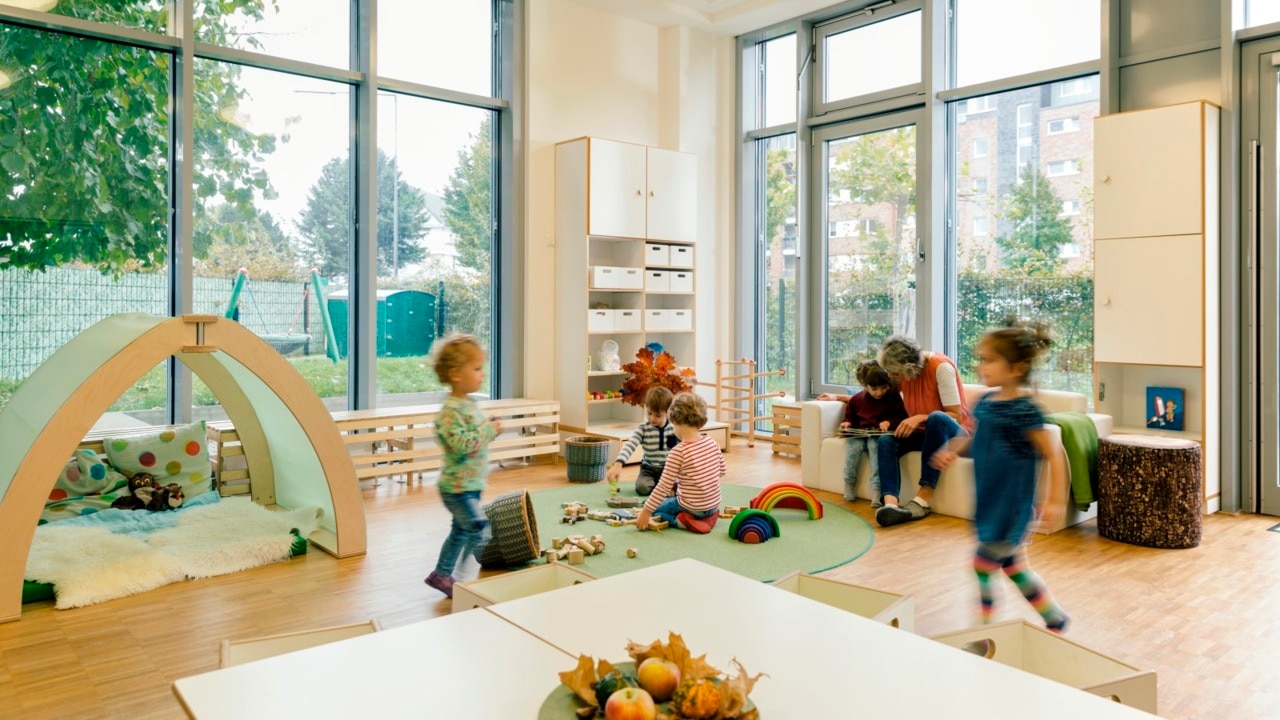
The program included regular nurse home visits until the child turned two, parent education programs, full-time daycare of the highest quality complete with nutritious meals and snacks, highly qualified educators, two nurses and a doctor on site. Yes, the disadvantaged children who underwent something that resembled a life transplant went on to better health and employment prospects. The return on investment was significant. But this is a specific set of experimental conditions where a cohort made up exclusively of disadvantaged children is put in childcare of a quality that no regular centre can provide. This program also included a significant element of home-based support that childcare centres do not provide.
The findings that apply to disadvantaged children in small-scale studies cannot continue to be extrapolated out to the general population to justify increased childcare spending. For the record, in Australia the return on preschool investment is estimated at $2 return for every dollar invested. If it’s high quality, it is one of many smart investments to be made in families.
More broadly, the benefits of preschool established in research are also constantly misappropriated by childcare advocates to include babies from birth and children under three. It’s a crafty distraction from policies that support parents to care for their kids – such as better parental leave and workplace flexibility.
The research on the benefits of childcare and preschool is incredibly mixed, particularly for children under three. In 2020, researchers from the University of New England found preschool or daycare attendance made no difference to NAPLAN results in a sample of preschoolers. This study calls into question whether average childcare in Australia is of high enough quality to be beneficial, but the main finding was that formal care before school doesn’t make much of a difference to academic outcomes for most kids.
The Australian Children’s Education & Care Quality Authority is projecting staff shortages in the childcare sector in the order of 39,000 educators this year. Why increase demand on a childcare system that is already buckling?
It doesn’t take six inquiries to work out that the kids need our time, that the childcare sector needs stabilisation and restructuring, not furious expansion. We can start by properly paying the educators we have and assuring quality care for every child in the system.
But childcare alone isn’t going to buy us time or equality or best starts for every child. High-quality care targeted to where it’s needed most can transform the lives of children, but only if we can help them at home too. I think it’s time we started hedging our bets on both parents and childcare.
Virginia Tapscott is a director at Parents Work Collective, a not-for-profit organisation raising awareness of the value of care work.


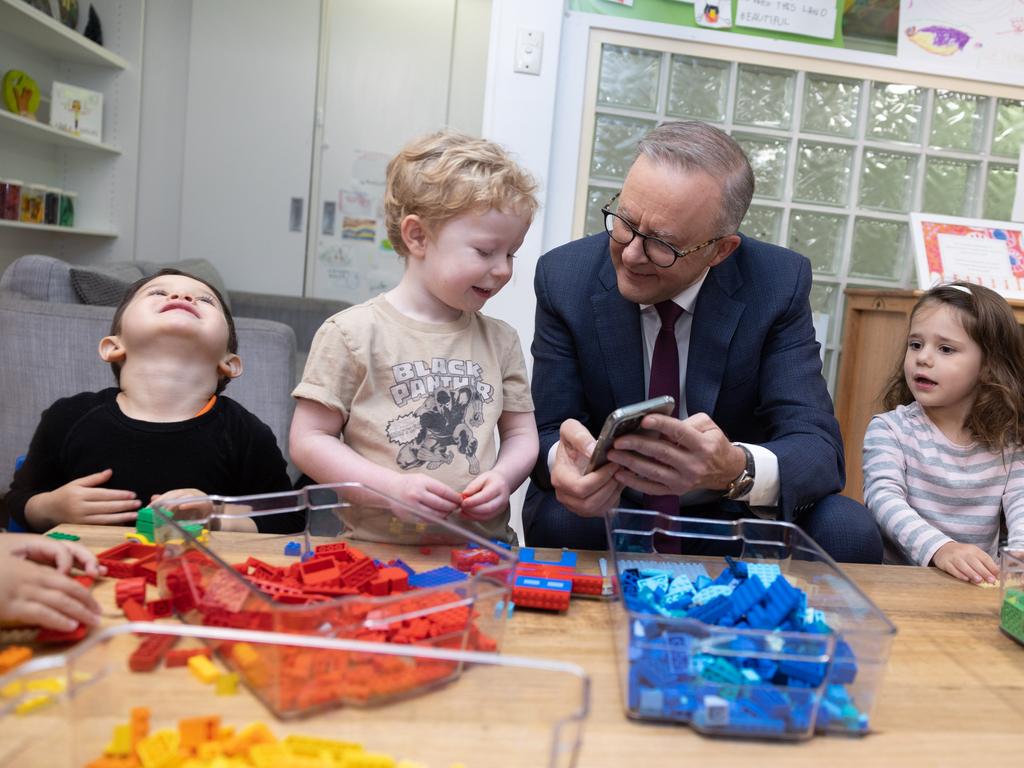
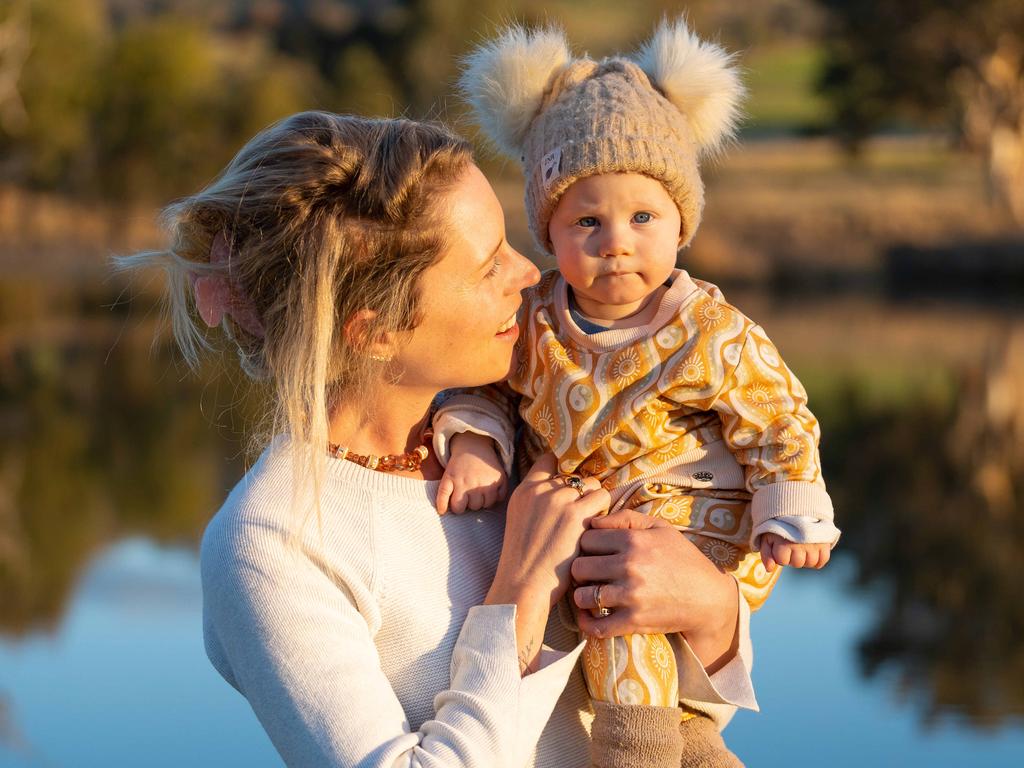
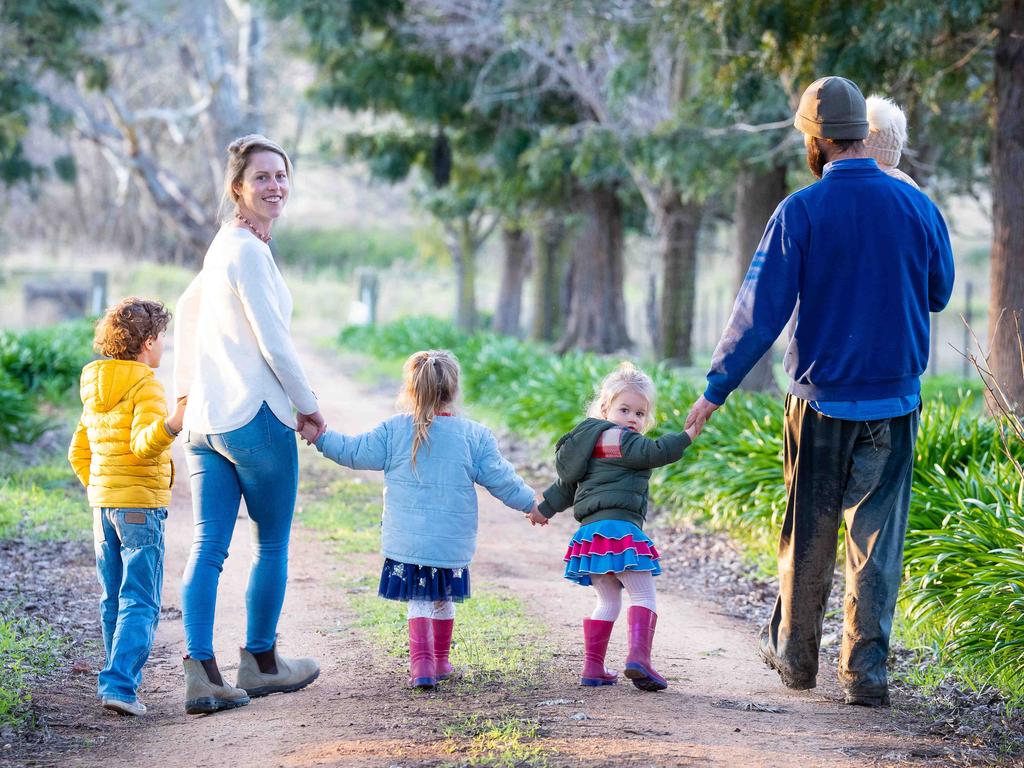
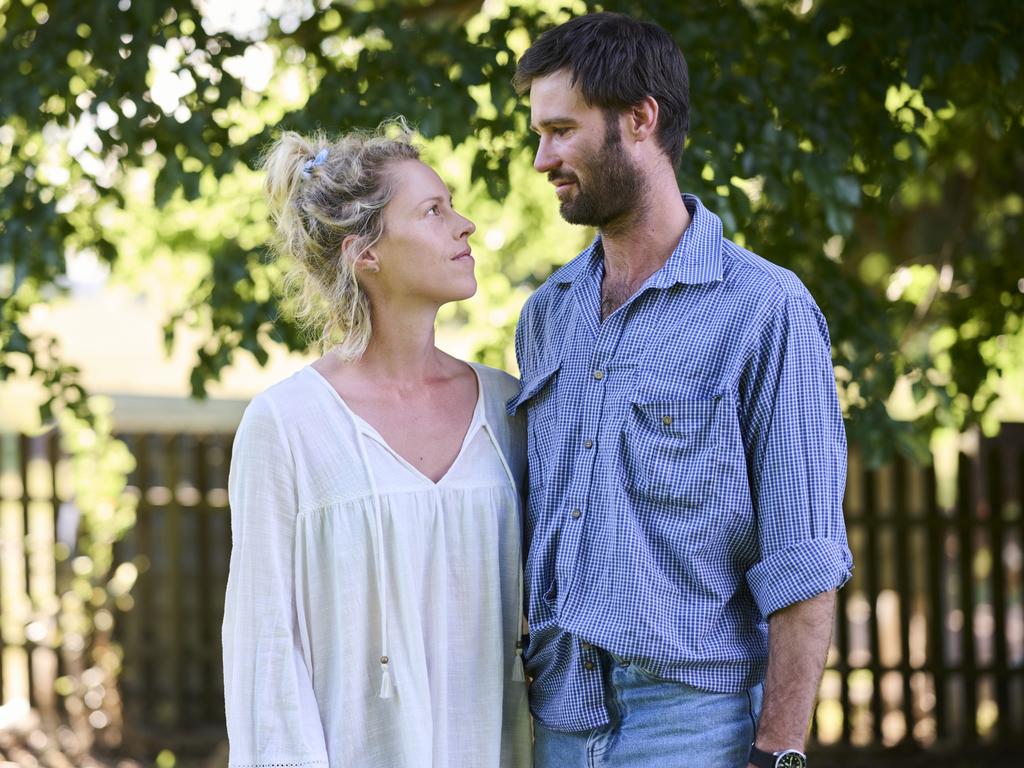
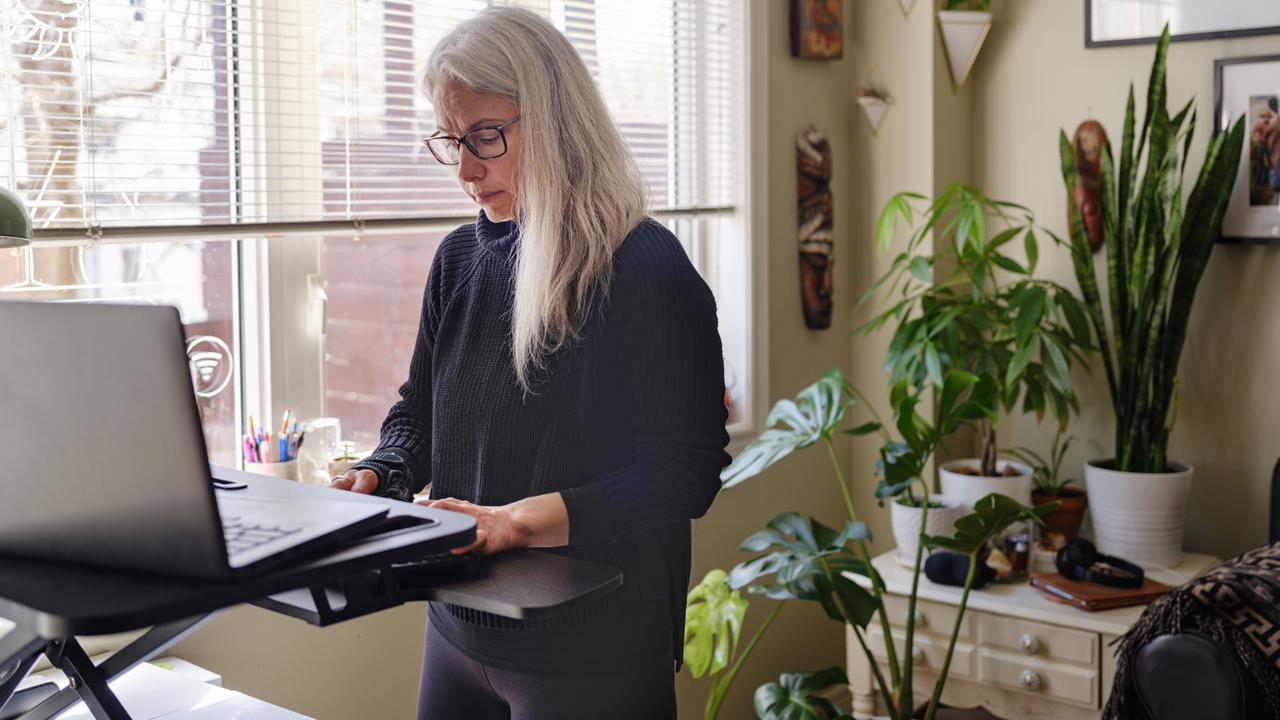

In the past 30 years the rate of anxiety and depression in children has doubled. A third of all adolescents are affected. Primary and high school grades are declining across the board. Something has happened to childhood in this country and it is persisting into adulthood. If the fish are struggling to swim, we need to check the water.